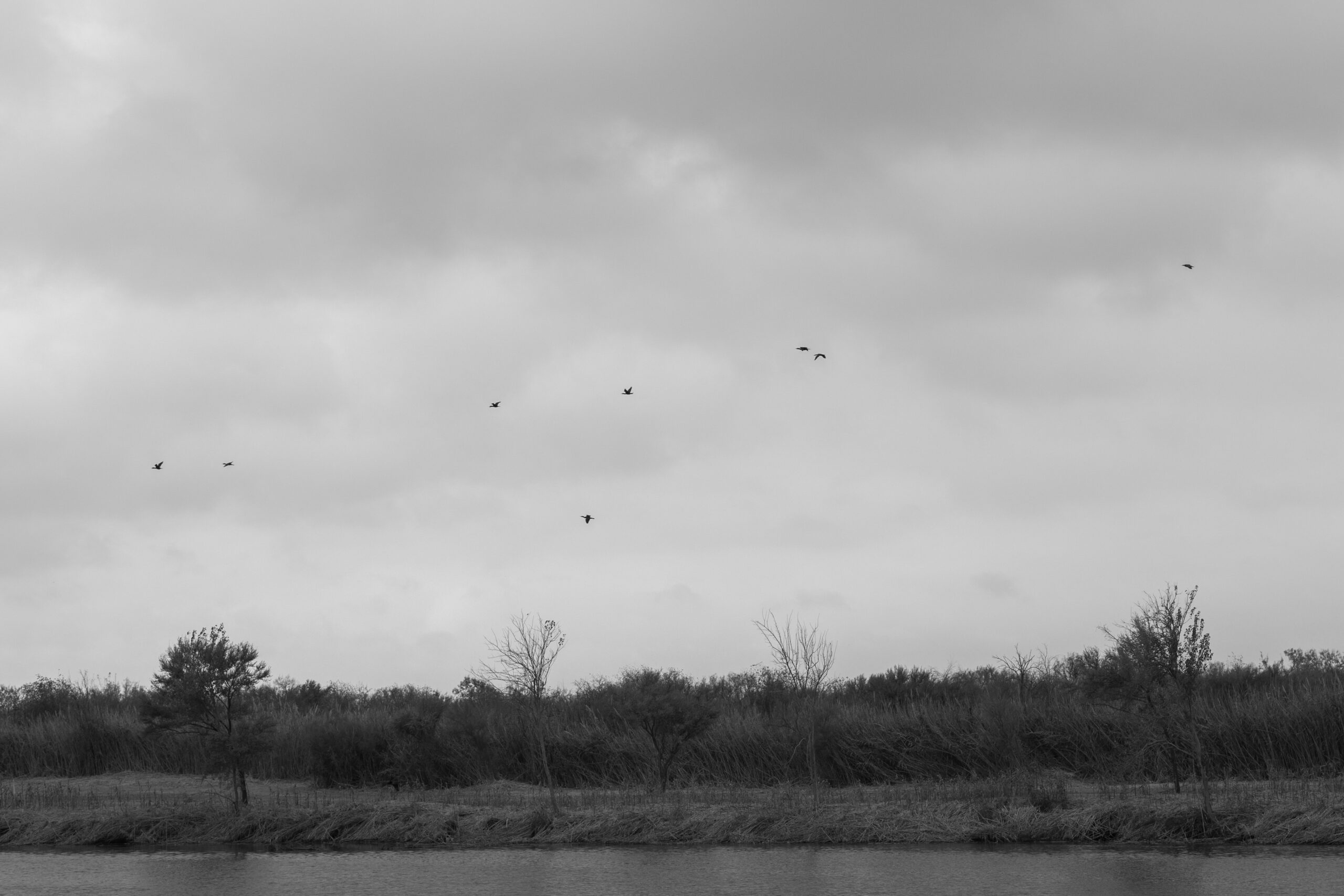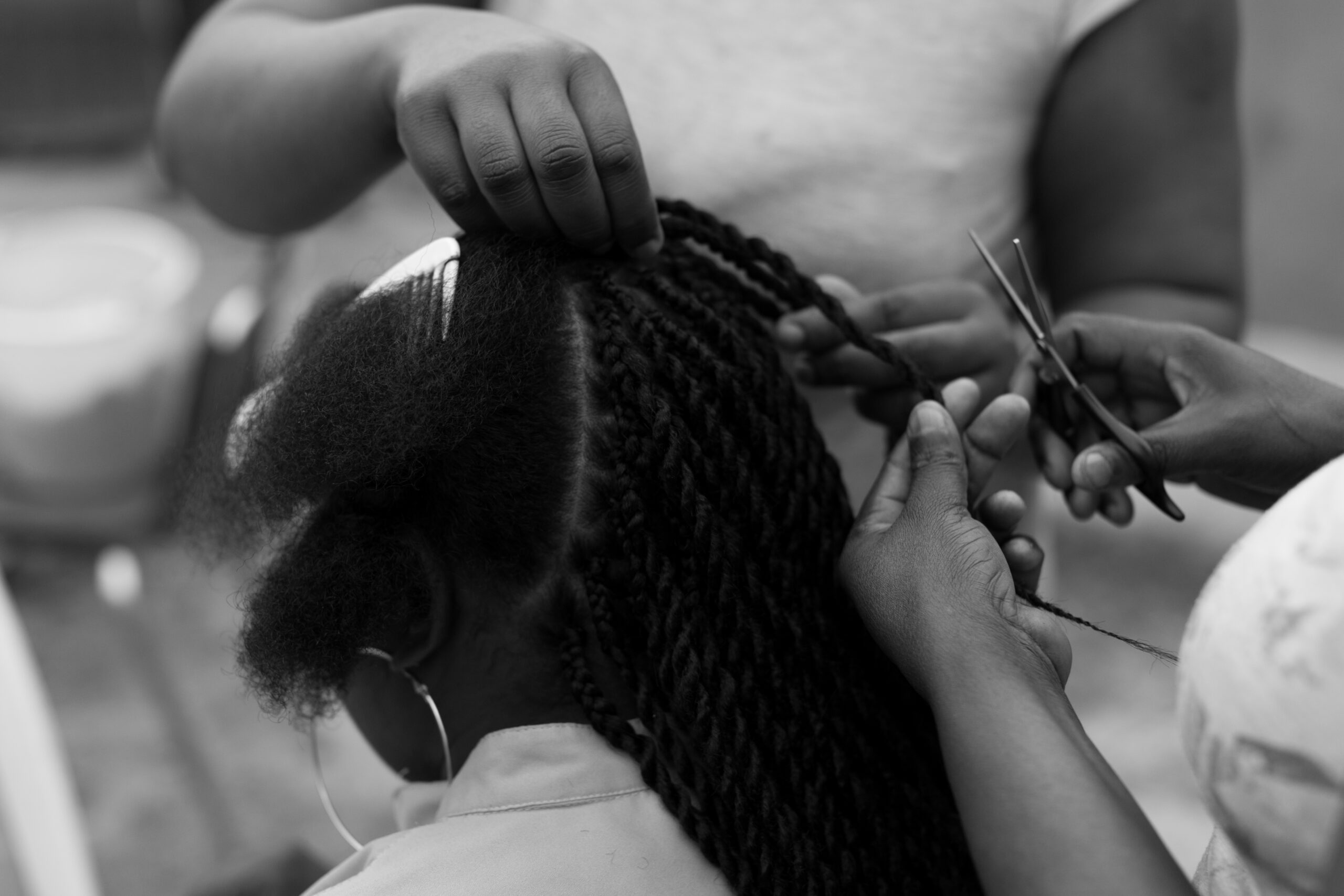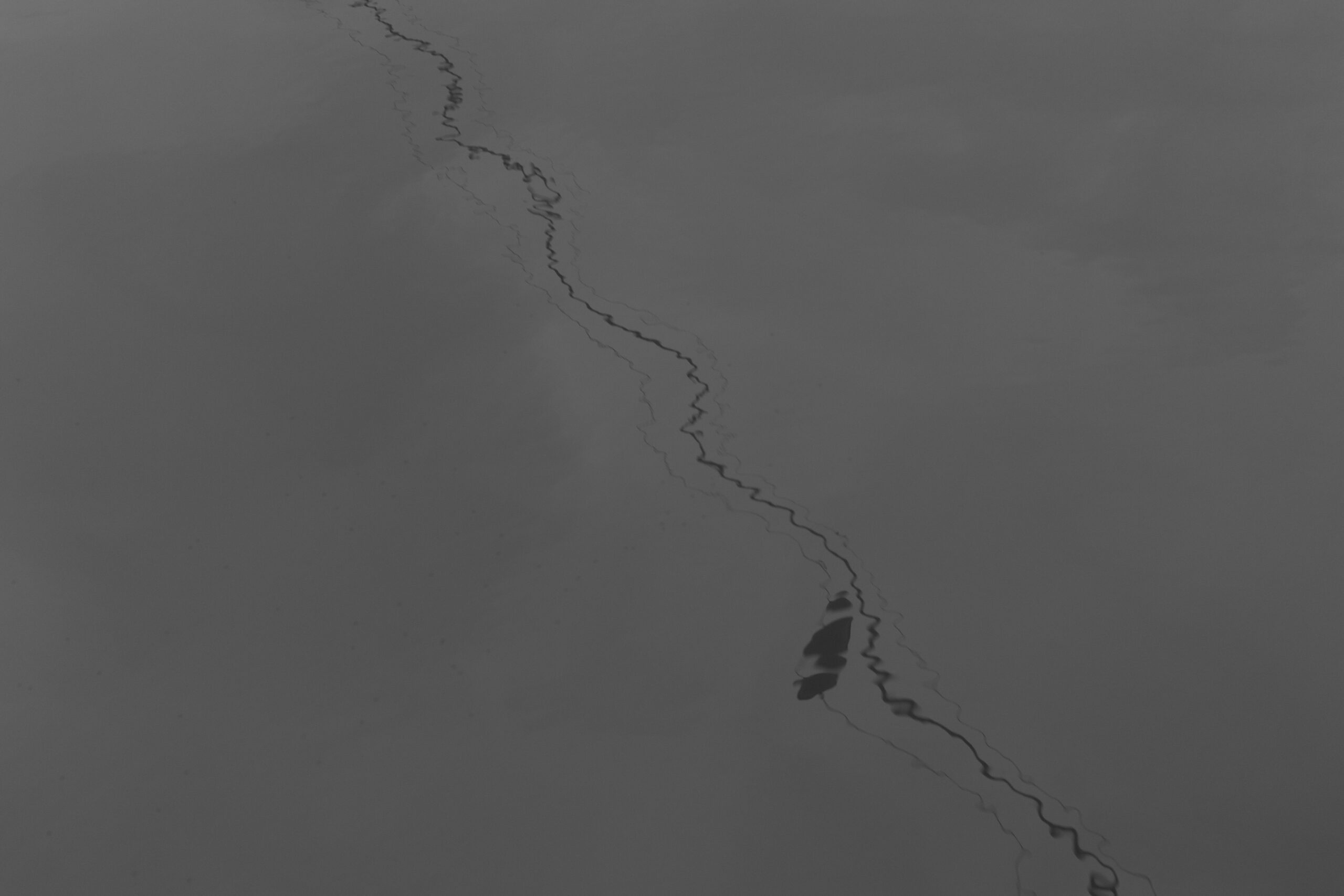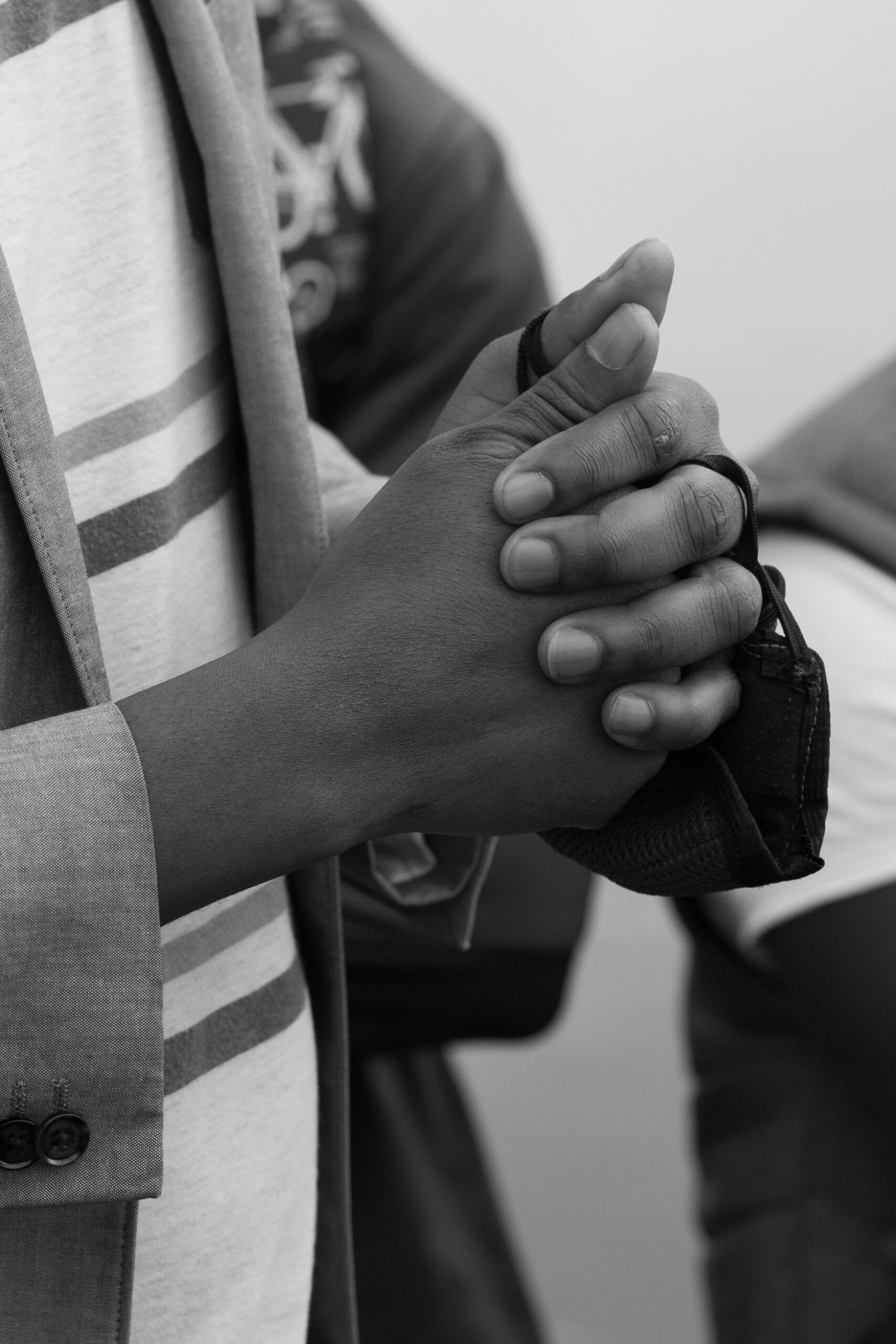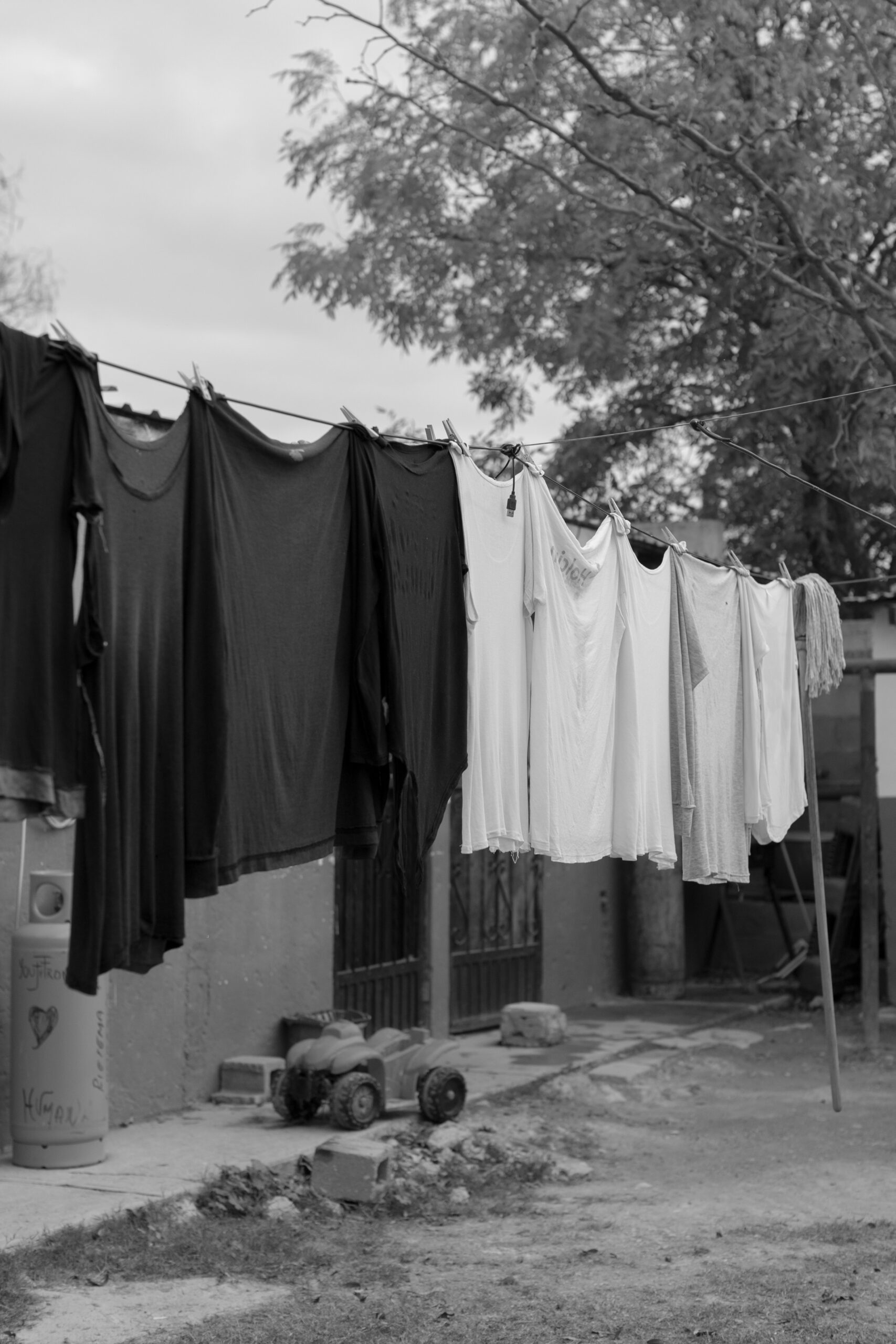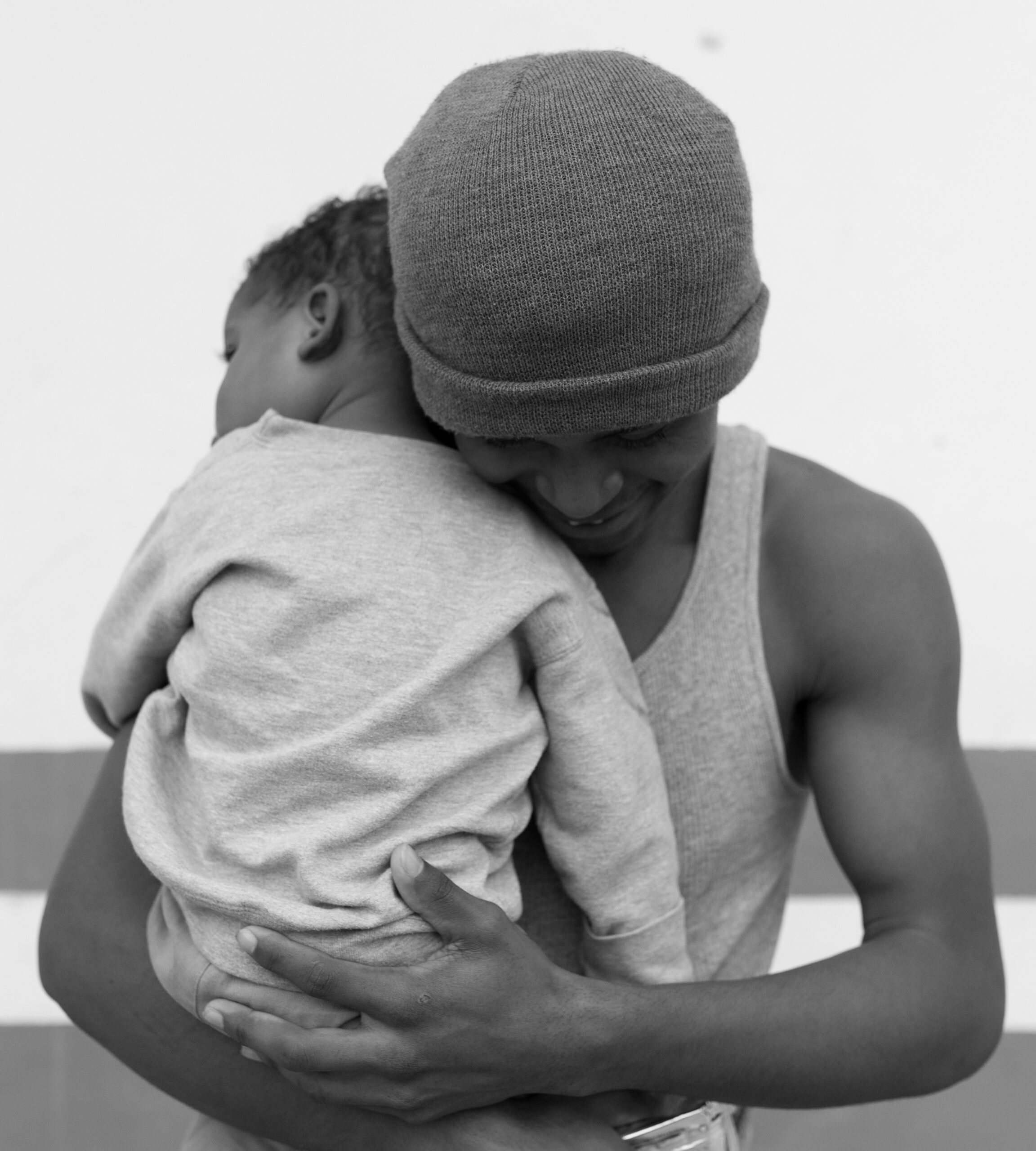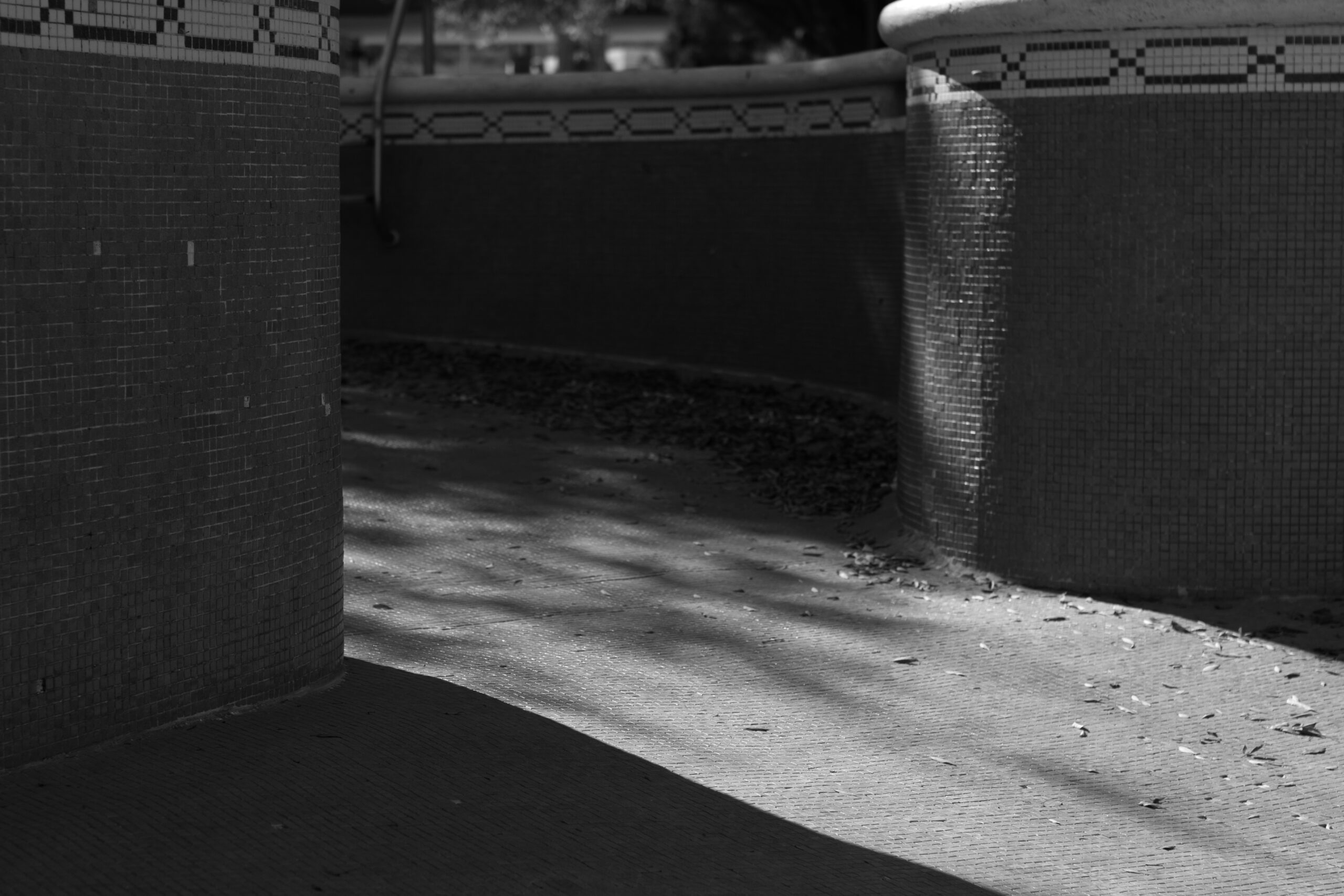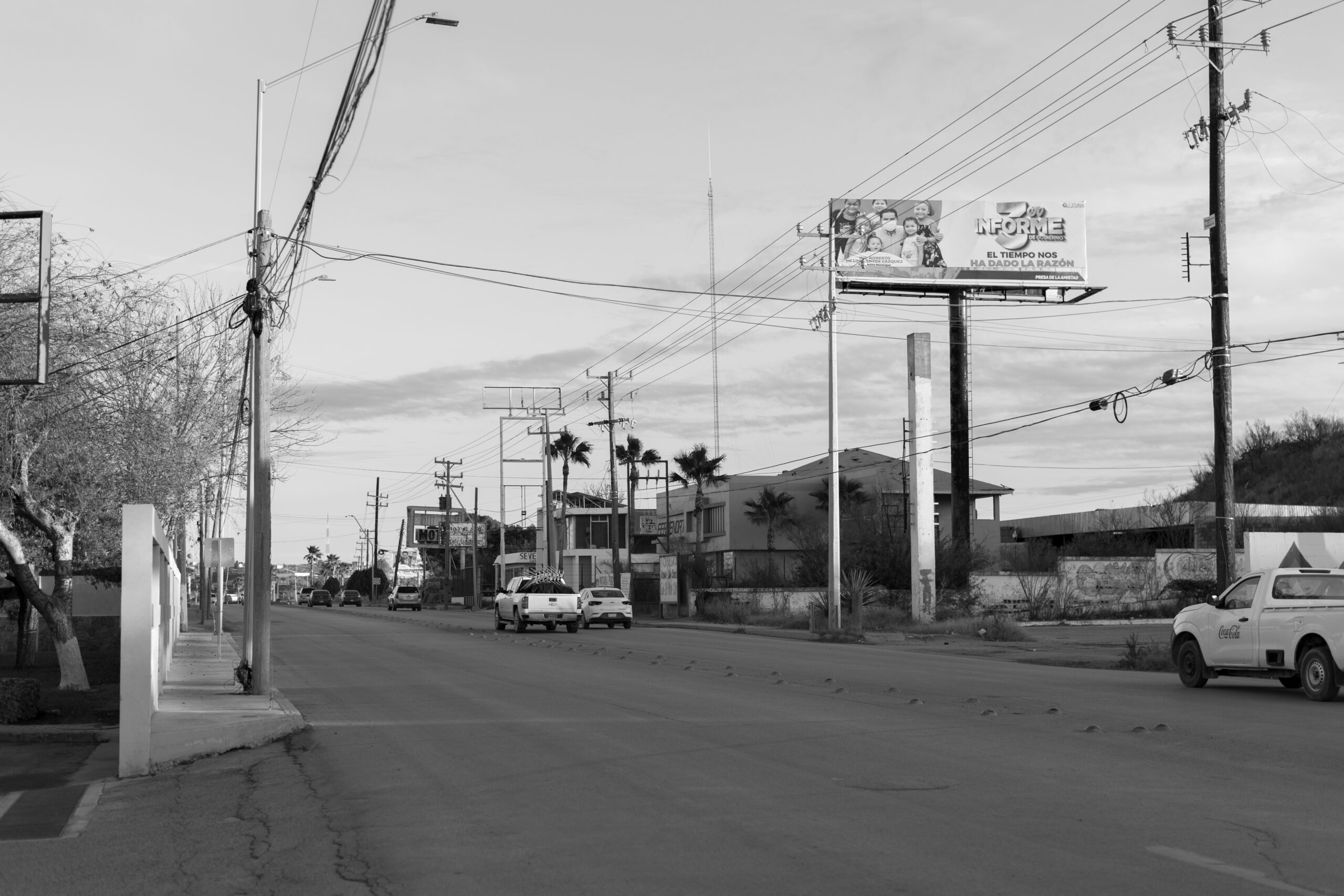How Freely They Flew
Since the earthquake in 2010, Haitians began migrating to Chile and Brazil in search of employment. But with the onset of the pandemic in March 2020, it became increasingly difficult to find and keep jobs, forcing many north to Mexico. In September 2021, intense images and stories circulated the internet as tens of thousands of Haitians arrived at the Del Rio International Bridge on the US border.
A few months later in December, I traveled to Acuña, just across the border from Del Rio, Texas. A handful of those who sheltered beneath the bridge in September shared personal accounts of what it required, both physically and emotionally, to make the 5,000 mile journey through South and Central America, particularly through the Darién Gap. They recounted how they felt to arrive at the border, how it felt to be pushed away so quickly, and how it felt to wade the waters of the Rio Grande back into Mexico where they now wait, seeking asylum: a state of limbo. Many I spoke with are separated from family members. When they will be reunited, no one can be certain.
As I stood on the bank of this river overlooking United States territory, a helicopter circled overhead; cars drove back and forth across a bridge off to the right. A blend of Spanish and Creole rose above the sounds of the subtle current in the background.
I looked up at the birds and noticed how freely they flew. The gravity of this moment was both palpable and sobering.
